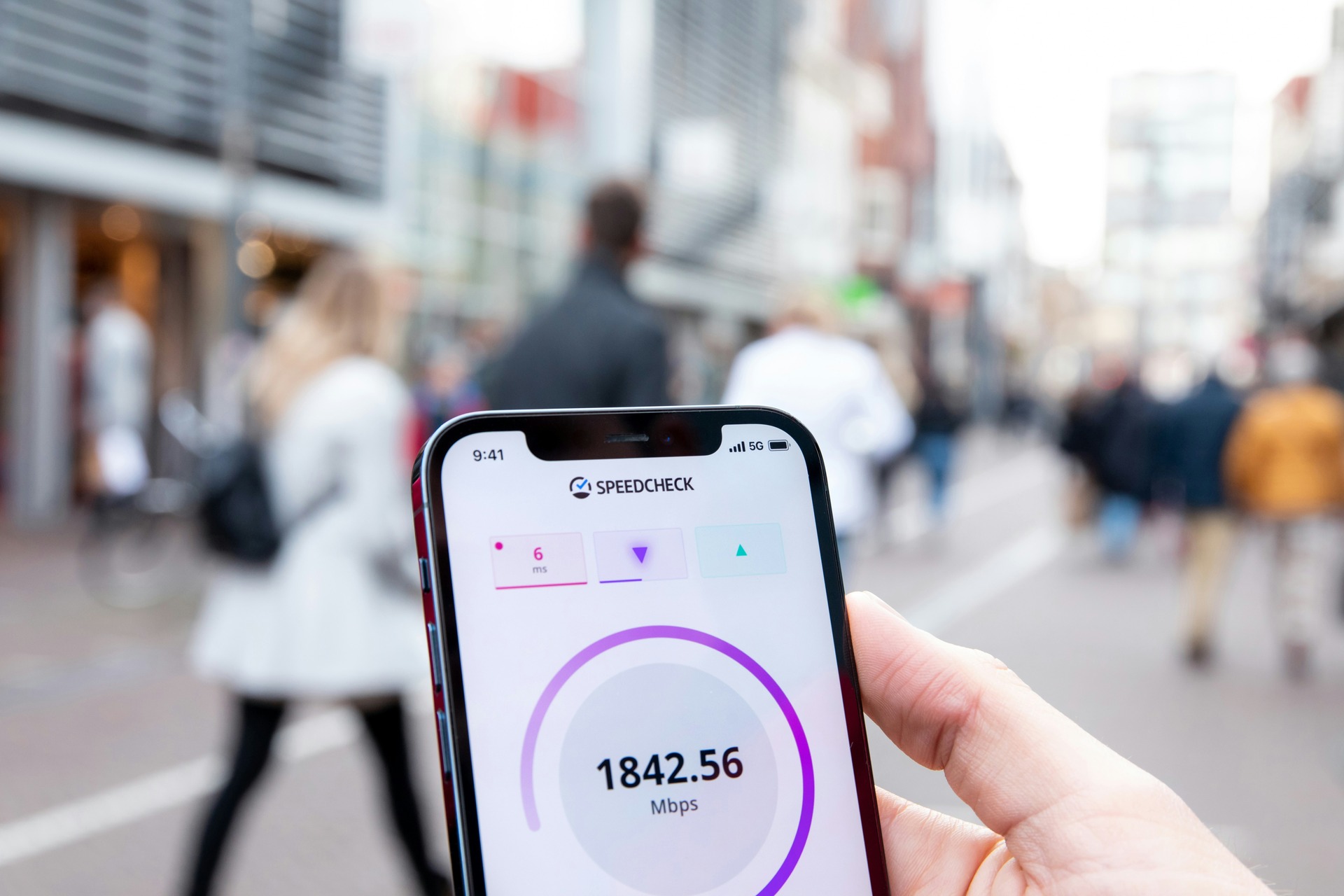If your web design work is primarily involved with customers who speak one language, you might not wonder how to translate a website and make its content understandable to a larger audience segment.
However, even if the geographical reach of your websites seems limited, you could unknowingly be making people frustrated if they can’t read the content on the screen. After all, even in a country that has one widely used language, other languages exist.
After learning how to translate a website and applying your chosen technique, your website traffic may substantially increase. According to one blogger who made his content convert to dozens of languages via a plugin, visitor numbers went up by 47 percent.
How Does Adding Multiple Languages Help Users?
Statistics show that by not getting the details about how to translate a website and applying them to development techniques, you’re disregarding most of the world’s population. Specifically, 57 percent of the world’s websites are only in English, but 70 percent of people speak other tongues.
If visitors try to translate the material on their own, they may misunderstand things or decide the process itself is too time-consuming. A language translation plugin shows international visitors that the site is ready to welcome them.
If a person comes to a website and sees it only offers one language he or she doesn’t understand, the individual might leave and not return. Fortunately, there are many tools you can use to translate a website. We’ll cover several of them now.
Try Google Translate
Google Translate is one of the most well-known online translation tools. Use it by inserting a URL into the field or typing content in one language and converting it to another.
In other words, you can paste segments of your online content into Google Translate and get quick results. It’s also possible to add Google Translate to your website, enabling users to do the translation work themselves.
The app isn’t perfect, but Google has been making improvements to boost its accuracy. In 2016, the company rolled out an updated version of the tool that uses advanced machine learning. It’s reportedly up to 60 percent more accurate than older Google Translate apps.
Experiment With the iTranslate Browser Extension
iTranslate is an iOS app that makes old-fashioned phrase books obsolete. You can just install the app and speak into your smartphone to start translating. iTranslate recognizes your speech and turns it into text on the screen.
That functionality is handy in itself, but there’s an even better option for web developers. A Safari browser plugin offers an instant translation feature. Simply click the translation icon associated with the plugin to start the content transition.
Install a WordPress Plugin
If you are a WordPress web designer or have a WordPress site and want to translate them, you can consider numerous plugins. You might use Google Website Translator, which is free and works with all Google-Translate-supported languages. It even translates sidebars. Alternatively, there’s the WordPress Multilingual Plugin. Licenses for that option start at $29. The plugin offers more than 40 standard languages, and you can add others with an internal editing function.
Pay for a Professional Translation Service
Even though technology is getting smarter, it’s not always as accurate as human input. Perhaps you want to translate your website to impress representatives from a prolific company and convince them you’re serious about bringing the online presence into other markets.
In that case, even the smallest blunder could be extremely embarrassing and cause a loss of credibility. However, translation professionals can give you peace of mind by ensuring accuracy.
Gengo, Lionbridge and Alta are a few of the many companies offering the option. Some of them charge per-word rates, while others require submission of a form to clarify your needs and get a quote.
Focus on the Finer Aspects of the Website
Translating your entire website into at least one other language is a significant accomplishment. However, you also need to take some smaller details into account.
For example, a currency conversion tool is a handy addition to an e-commerce site that caters to people from multiple countries. Be aware of date-related specifics, too. In the United States, dates are typically shown as the month first and then the day, but in other parts of the world, the day comes first.
Furthermore, the United States is one of the few countries that does not use the metric system. If your website includes measurements, make sure to add equivalents for metric system users.
Hopefully, it’s now clear that translating your website into other languages is a worthwhile goal. Use these tools and knowledgeable professionals to succeed during the process!
Recent Stories
Follow Us On
Get the latest tech stories and news in seconds!
Sign up for our newsletter below to receive updates about technology trends














